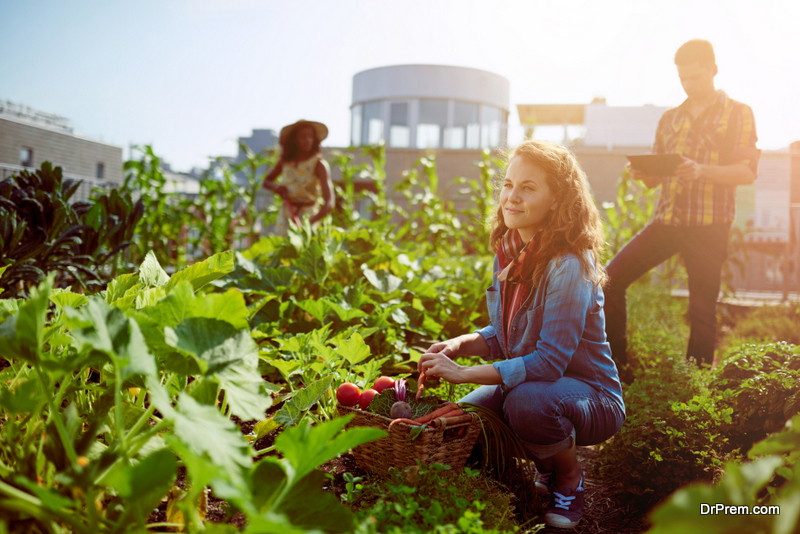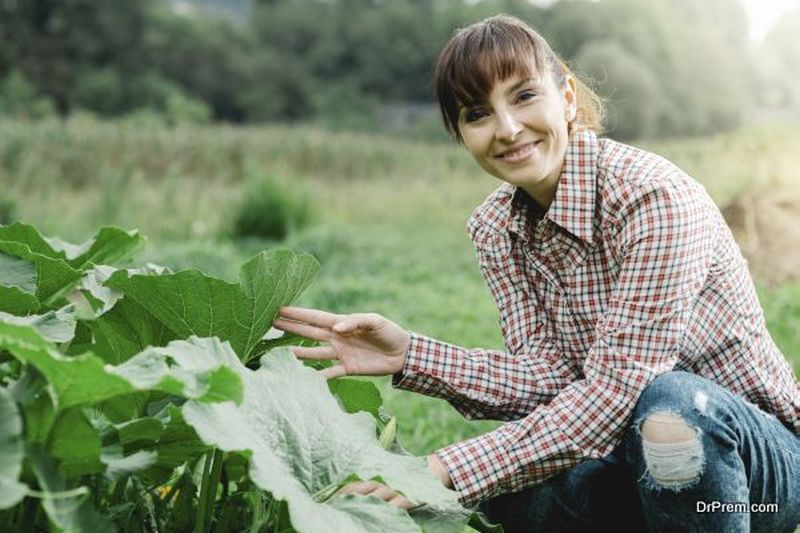As a farmer, your livelihood depends on your ability to produce a lush and plentiful harvest year after year. But you shouldn’t operate with the mentality of producing a harvest at any cost. It’s also important to think about the land you’re stewarding and how you can protect it for yourself and future generations.
4 Eco-Friendly Small Farm Trends

For many decades, large farms have dominated the American agricultural industry. These farms grow the same crops over and over, often using large amounts of fertilizers and chemical pesticides, which damage the soil, water, air, and overall climate. And while the result has been an abundance of crops at cost-effective prices, this system isn’t designed to last forever. At some point in the near future, natural resources will be so degraded that it’s impossible for these farms to continue operating.
If you want to enhance the eco-friendliness and sustainability of your own small farm, there are a number of practical action steps you can take. Let’s take a look at a few:
1. Rotate Crops
While it may be convenient to grow the same crops in the same places each year, it’s terrible for the long-term health and vitality of your farm. Not only should you plant a variety of plants on your farm, but you need to rotate crop location to promote healthier soil and improve pest control. You may even give intercropping a try.
How you choose to rotate crops will be largely dependent on the size of your farm and the space you have, so do your homework and figure out which method will work best for your situation.
2. Choose the Right Equipment

Believe it or not, one of the keys to eco-friendly farming is choosing the right equipment. In particular, you need to buy quality equipment that’s built to last – such as Kubota tractors. Not only does quality equipment break down less, but it also performs more efficiently (thereby reducing waste and protecting precious farmland).
It’s also smart to consider buying used equipment (when feasible). From a big picture perspective, this reduces the environmental impact of manufacturing new equipment. On a micro scale, it saves you money (which can be reinvested into other eco-friendly farming practices).
3. Maximize Natural Resources
It’s critically important that you maximize the natural resources you have available at your disposal – such as water.
One of the benefits of having a smaller farm is that it takes less water to produce healthy crops. And while there are dozens of strategies, a drip irrigation system could conserve 50 to 70 percent more water than traditional methods (while simultaneously increasing crop production by as much as 20 to 90 percent).
4. Don’t Overplant Landscapes

When you depend on your farm’s acreage for your income and livelihood, it’s tempting to use every single parcel of land on your property. However, sustainable farms recognize the value in uncultivated (or at least less intensively cultivated) areas. These spaces help with reducing nutrient runoff, controlling erosion, and promoting biodiversity. Think about this as you plant.
Think About the Future
It’s easy to get caught up in the here and now. You get so focused on having a successful harvest season that you fail to consider the next season (and the one after that, etc.). But if you want to have a successful farm for years to come, you have to give weight to the importance of sustainability.
In doing so, you can enjoy a lush harvest today and the promise of a healthy crop for years to come.
Article Submitted By Community Writer


